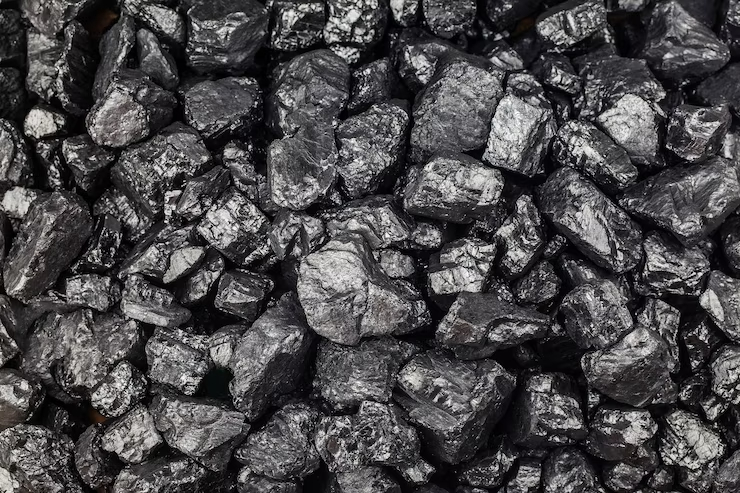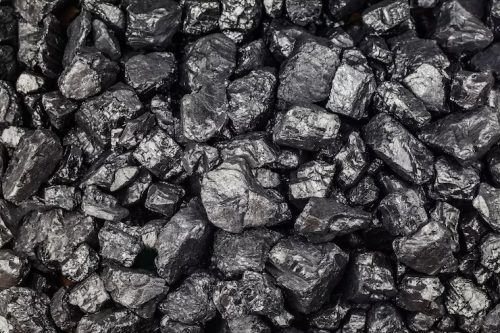Usually, the main phases of spodumene lithium slag are spodumene, gypsum and quartz. Among them, spodumene is the main mineral phase in the lithium extraction process, while quartz is a paragenetic mineral of spodumene, and gypsum is mainly derived from the reaction of limestone powder and sulfuric acid.
Usually, the main phases of lithium mica lithium slag are blue spherule, gypsum, quartz, fluorite and albite. Among them, blue spherule, quartz, albite and fluorite are paragenetic minerals of spodumene, and gypsum is mainly derived from the reaction of limestone powder and sulfuric acid.
Therefore, compared with spodumene lithium slag, the composition of lithium mica lithium slag is more complex.
In terms of physical properties, the density difference between lithium mica and spodumene lithium slag is not large. The specific surface area of lithium mica lithium slag is smaller than that of spodumene lithium slag when it is ground for a short time, but as the grinding time increases, the specific surface area of lithium mica lithium slag will be larger than that of spodumene lithium slag. The shorter the grinding time of lithium mica lithium slag, the higher its activity. Spodumene needs to extend the grinding time to improve its activity, and the activity of short-time grinding is also lower than that of lithium mica lithium slag.
In addition, compared with traditional solid waste materials with fixed composition such as slag and fly ash, the composition of lithium slag is more complex. For example, lithium slag contains more alkali metal ions such as K and Na, and usually contains 5%-30% S elements.
Treatment and utilization of lithium slag
1. Enrichment and utilization of beryllium, thallium, fluorine, rubidium and cesium
The industrial extraction of beryllium is mostly carried out by high-temperature melting, water quenching or adding alkaline substances to fuse and destroy the mineral crystal structure, and then dissolving it with sulfuric acid and enriching it with organic solvents, but traditional organic solvents have serious environmental hazards. Compared with beryllium, the thallium in lithium ore after the beneficiation process is mostly in the form of TI2O, TIOH, TI2SO4, etc.
For the resource utilization of rubidium and cesium elements in lithium slag, the roasting-leaching process is used to treat the rubidium and cesium salt mixed solution, and then the rubidium and cesium mixture is treated by precipitation process, and the rubidium and cesium mixture is treated to obtain a high-concentration rubidium and cesium salt mixed solution, and then the rubidium precipitate and cesium precipitate are obtained by step precipitation, and the rubidium precipitate and cesium precipitate are treated to obtain rubidium chloride and cesium chloride. Rubidium chloride and cesium chloride can also be further treated to obtain rubidium carbonate and cesium carbonate.
For the utilization of fluorine, the fluorine contained in lithium mica can be used to destroy its own structure. Compared with direct heating, the two-step heat treatment can more effectively remove fluorine and unreacted sulfuric acid, and establish a fluorine recovery and circulation system.
2. Utilization as building materials
Cement: The composition of lithium slag is similar to the clay raw material for firing cement. Therefore, it is technically feasible to use lithium ore waste slag to replace part of the clay to prepare cement clinker. Depending on the lithium minerals and lithium extraction processes, the chemical composition of lithium mica and spodumene lithium extraction waste slag is very different.
Concrete: Using lithium slag to replace part of the cement as concrete admixture can be consumed on a large scale and reduce the environmental pressure caused by cement production, better meeting the requirements of sustainable development.
Ceramics: The preparation of foam ceramics using industrial waste as raw materials is a major direction in the field of resource utilization. Lithium slag is a typical high-silicon, aluminum-rich, and alkali-rich solid waste raw material.
Geopolymers: The chemical composition of lithium slag is similar to that of fly ash, and can be used as a silicon-aluminum precursor for single-component geopolymers.
Wall materials: The application of lithium slag in wall materials mainly includes unfired bricks and building ceramsite. Among them, unfired bricks have the characteristics of high strength and high durability, and can consume lithium slag efficiently.


